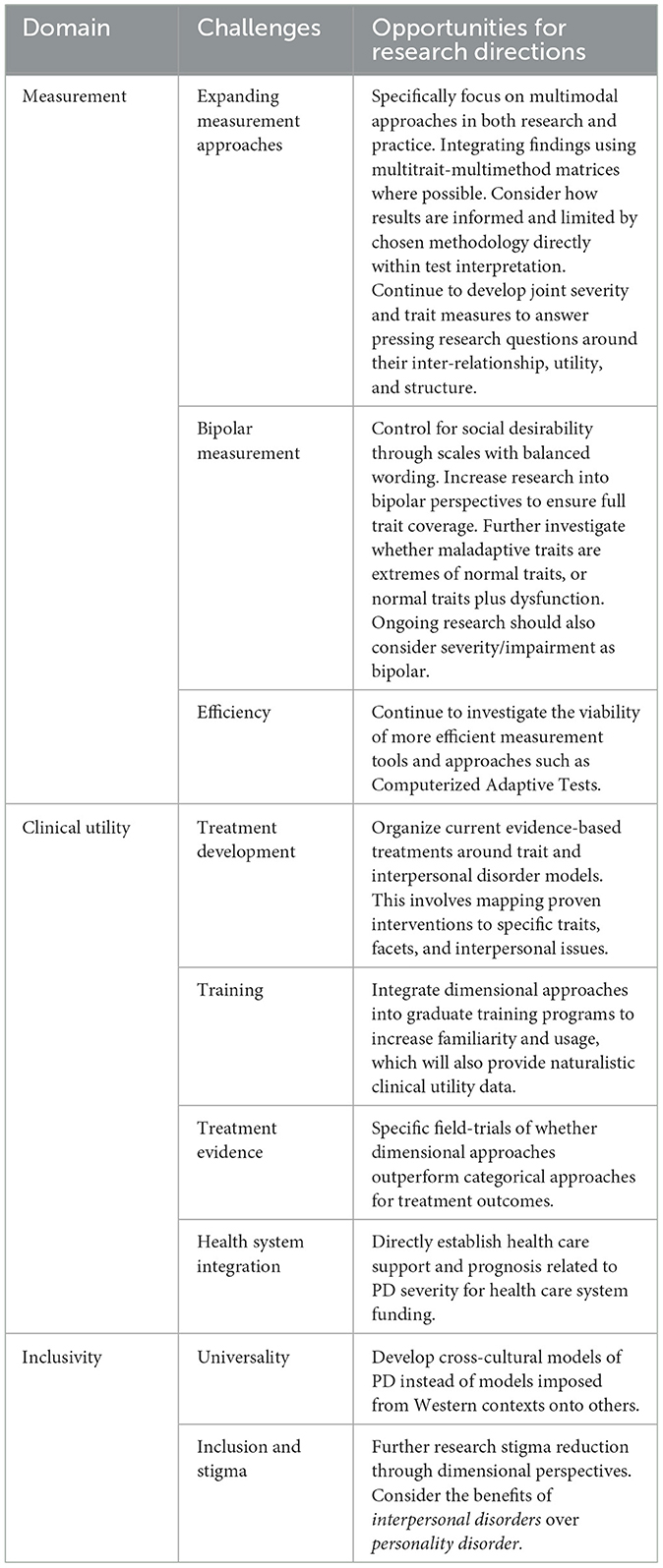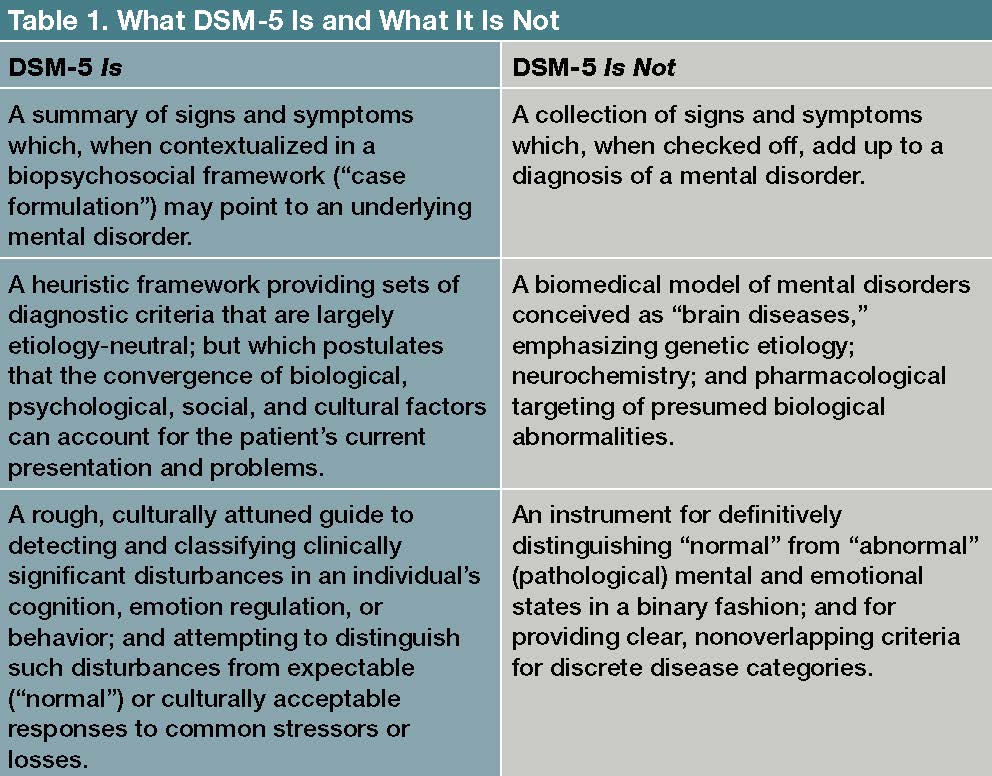Why Do Some Theorists Challenge Use Of The Dsm 5 tr Categorical 5NapQR3
The DSM-5 alternative model of personality disorder diagnosis, which compares categorical and dimensional approaches, is being used in the field. Categorical models have been helpful in organizing and communicating diagnoses, but the exclusive use of this approach can lead to the need for multiple diagnoses to describe a patient's personality. This approach is also limited by low reliability, high comorbidity rates, and context-independent assessments. Meanwhile, there are some advantages and disadvantages to the Diagnostic Statistical Manual as a classification system for mental health, and there is a growing shift towards more dimensional approaches.
Some theorists challenge the use of the DSM-5-TR categorical approach to personality disorders due to several reasons. The categorical approach has been useful in organizing and communicating diagnoses, but its exclusive use can lead to the need for multiple diagnoses to describe a patient's personality. This limitation is an issue because it does not fully capture the complexity and nuances of an individual's personality. Additionally, the categorical approach has been criticized for its low reliability, high comorbidity rates, and context-independent assessments. As a result, many in the field are advocating for a shift towards more dimensional approaches, which may better account for the intricacies of personality disorders.
Sources


Related Questions
Work fast from anywhere
Stay up to date and move work forward with BrutusAI on macOS/iOS/web & android. Download the app today.
